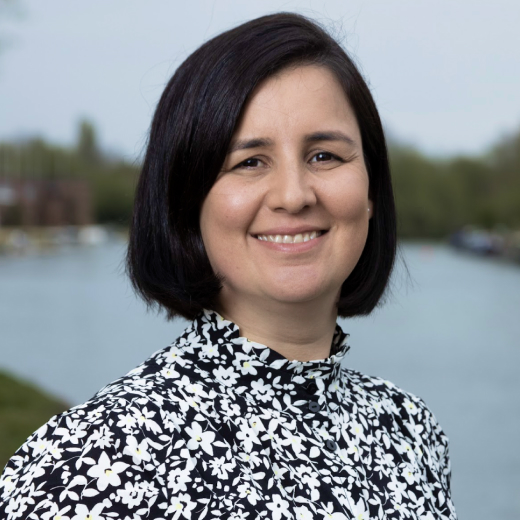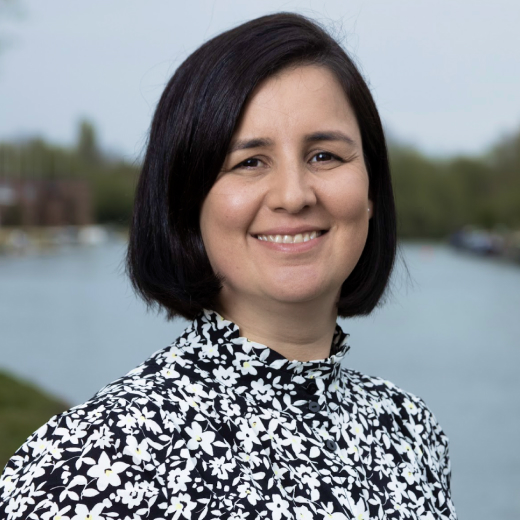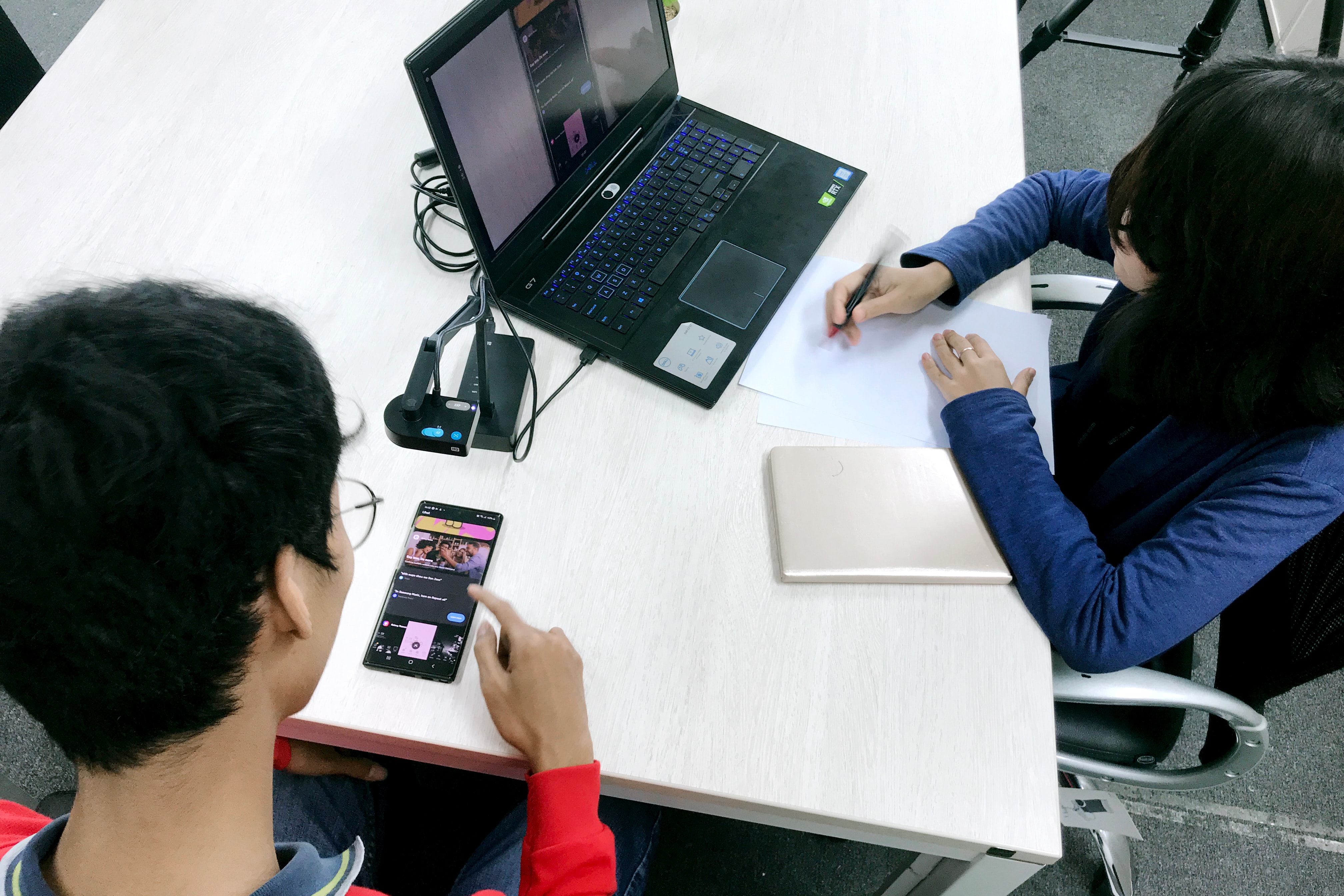When it comes to planning user research, one of the most crucial steps is selecting the right participants. The goal is to ensure that the users we recruit represent the diverse range of people who will ultimately interact with the product or service being tested. To achieve this, we follow a structured approach that divides users into meaningful groups, based on their needs and behaviours. Let’s break down how we go about making these decisions.
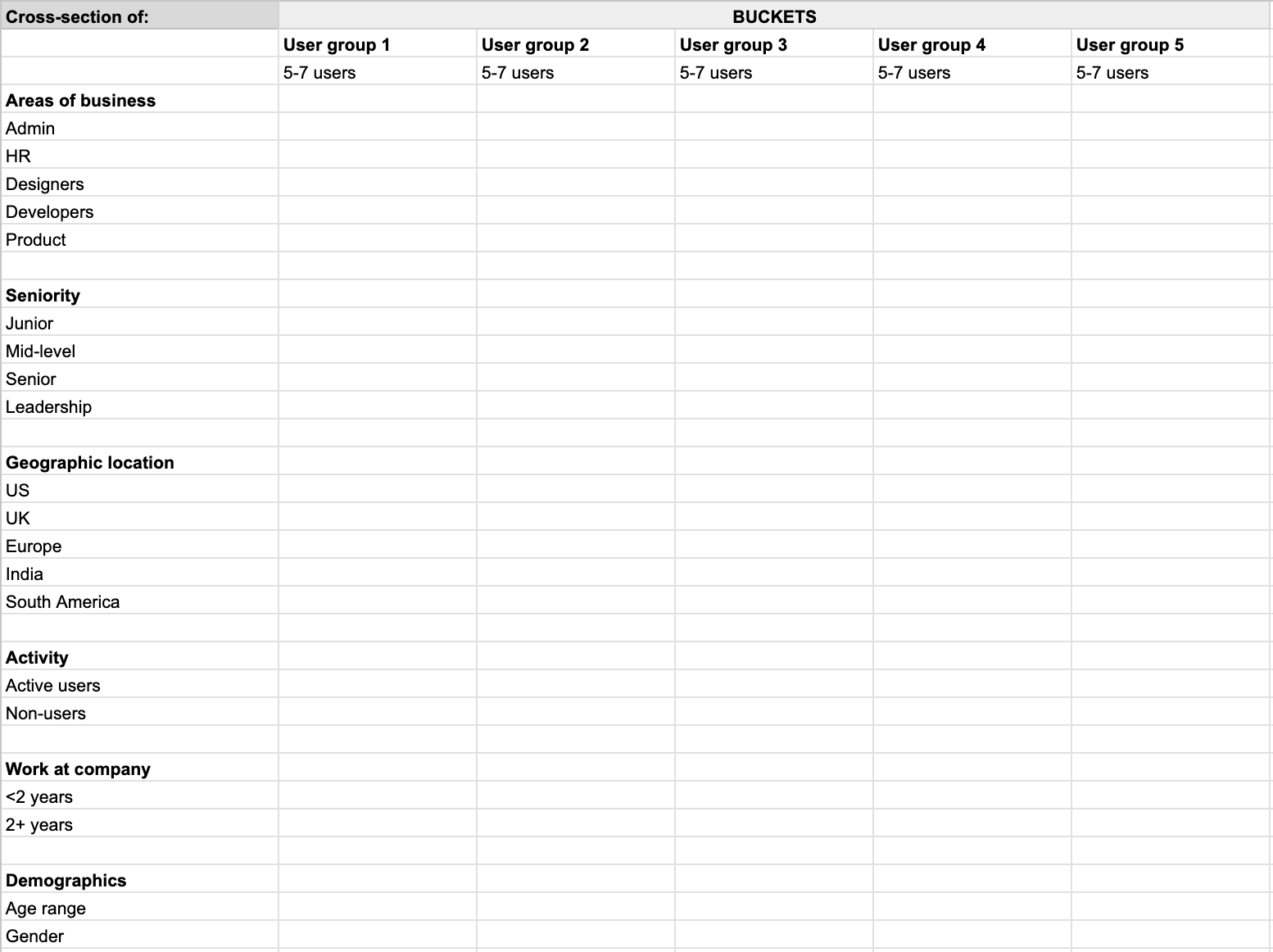
Grouping users by needs and behaviours
A key part of our process involves dividing users into groups that make sense for the project. We segment them based on their needs and behaviours, such as their job roles, tasks, or the ways they might engage with the system. For example, in a workplace tool, we might group users by job roles—managers, customer service reps, or IT specialists—because their interactions with the system will differ according to their responsibilities.
The purpose of this segmentation is to ensure we’re addressing the distinct needs and pain points of each type of user. Grouping by behaviors and needs allows us to focus on how different types of users experience the system, which helps us improve the product in ways that benefit all of its future users.
Capturing a cross-section of demographics
Once we’ve identified the user groups, we take it a step further by ensuring we get a diverse cross-section of participants within each group. This is where demographic considerations come into play.
Depending on the project, we look at factors such as:
Seniority: Do we need input from entry-level employees, senior managers, or both?
Geographic location: Are users spread across different regions or countries, and does this affect how they interact with the system?
Familiarity with the system: Are some users experts who have been using the system for many years and are used to how the system works, while others are just getting started?
Age range and gender: Do we have a good balance that represents our broader user base?
Accessibility needs: Are we including users who may have specific needs in terms of accessibility?
By ensuring a range of these demographic factors are represented, we can collect feedback that reflects the real-world diversity of the people who will be using the product.
Tailoring recruitment to research objectives
In some cases, the project objectives require us to get even more specific. We may need to recruit a precise percentage of participants from certain demographic groups to ensure we’re addressing particular research goals.
For example, in the Prostate Cancer UK case study, our team tested the site’s navigation with three user groups—those at high risk, diagnosed patients, and their families—by assigning tasks like finding treatment options. For each of these user groups, there was a cross-section of specific age ranges, sex, ethnicity, sexual orientation, family history of prostate cancer, disability or existing condition, and education.
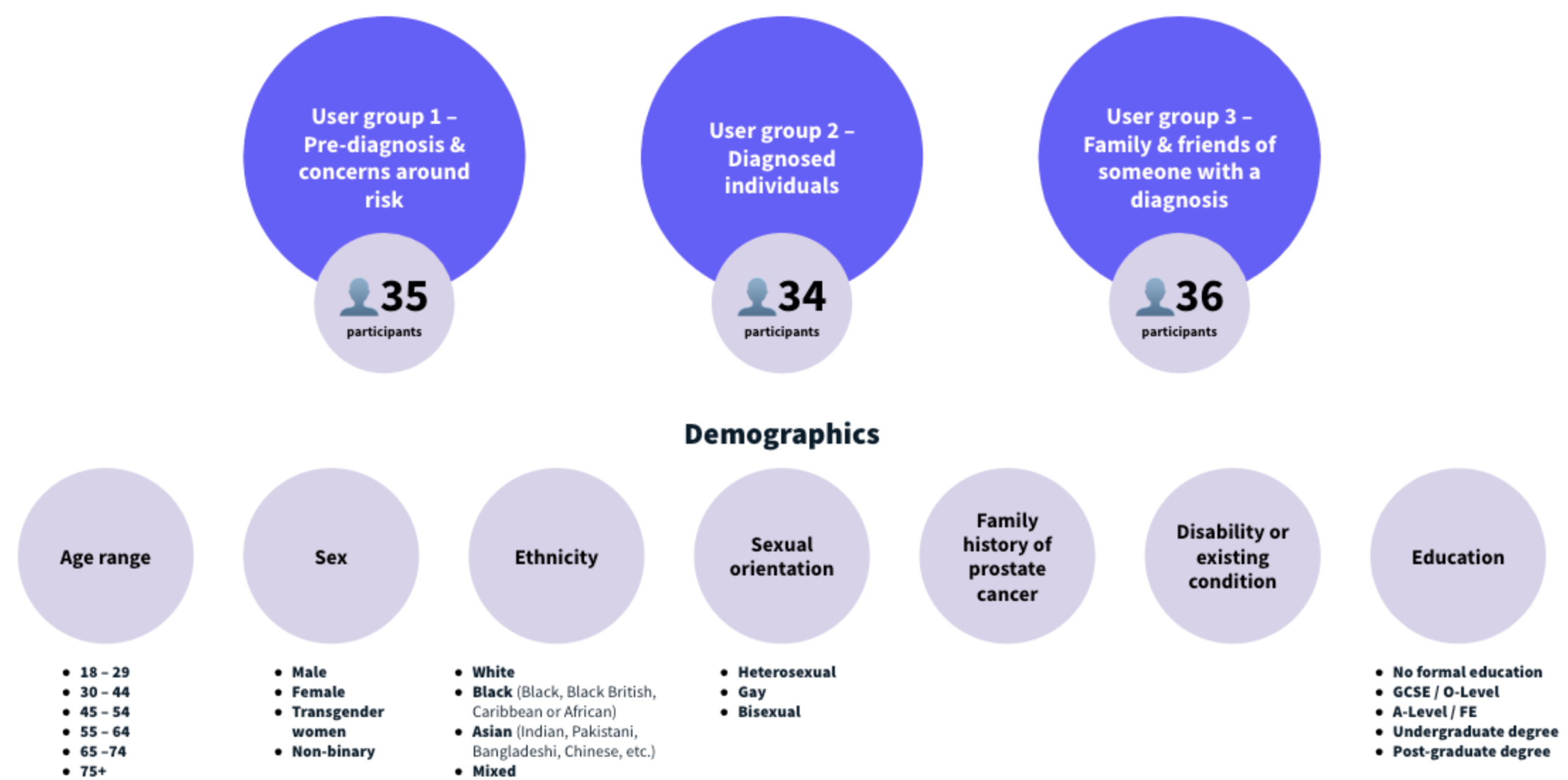
User groups and demographics for the Prostate Cancer UK research
Why diversity matters in user research
Recruiting a diverse group of users is essential for creating products that work well for everyone. Without diversity, research can be biased, leading to skewed results, as their perspectives won't capture the full range of potential user experiences. By ensuring representation in our research, we can uncover insights that may otherwise be missed.
For example, a feature that works well for tech-savvy users in urban areas might not resonate as effectively with users in rural locations or those with limited technical experience. Similarly, accessibility concerns often go unaddressed unless people with specific accessibility needs are included in the research.
Helping our clients recruit the right participants
Sometimes, our clients may face challenges in recruiting a sufficiently diverse set of participants, particularly when it comes to niche user groups. In these cases, we can step in to help. We partner with dedicated user recruitment agencies to source participants from hard-to-reach groups. Whether it’s finding people with specific job roles, geographic limitations, or accessibility needs, we ensure our research includes the full spectrum of users relevant to the project.
Need help with your user research?
If you need expert guidance with recruiting the right participants or structuring your research, we're here to help! Contact us for a free consultation, and let's work together to optimize your user research.

